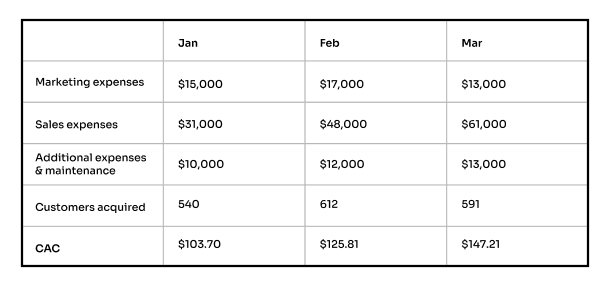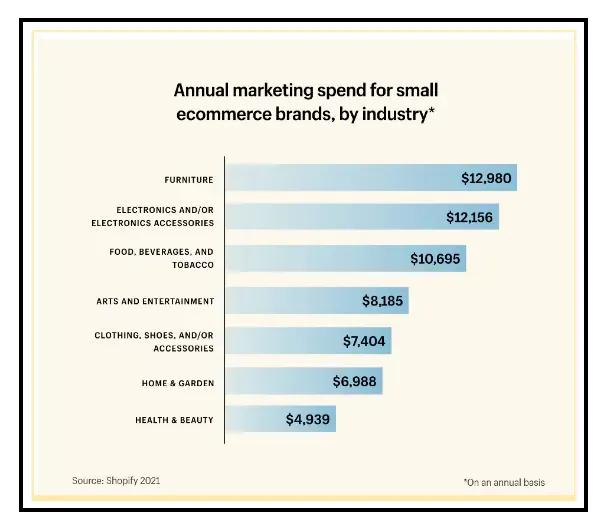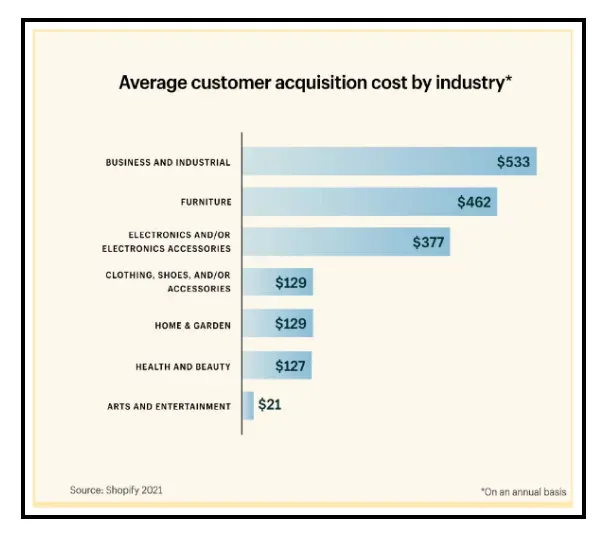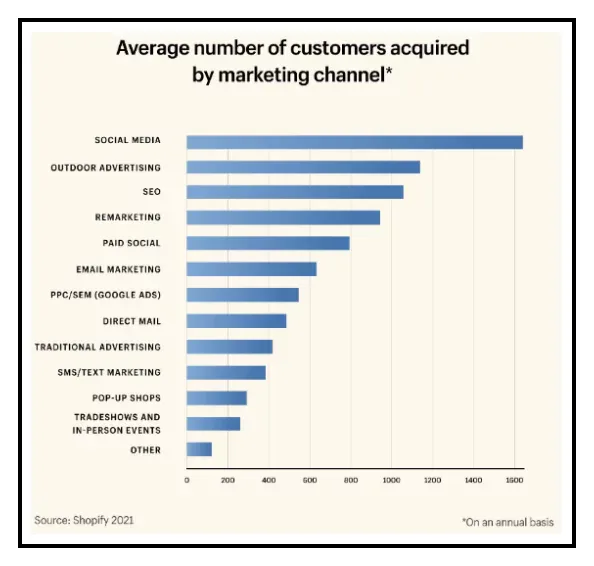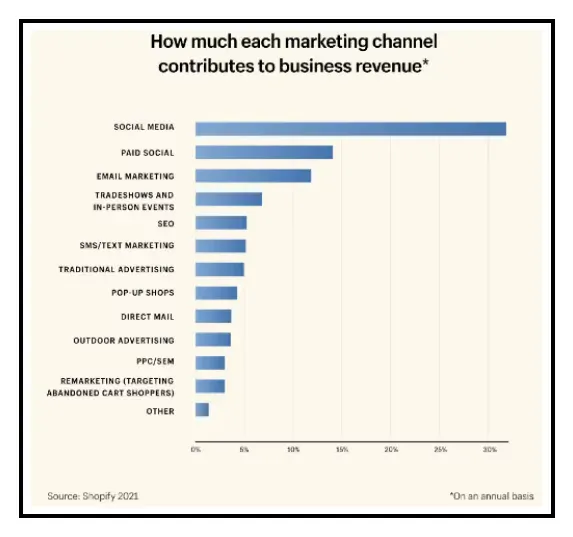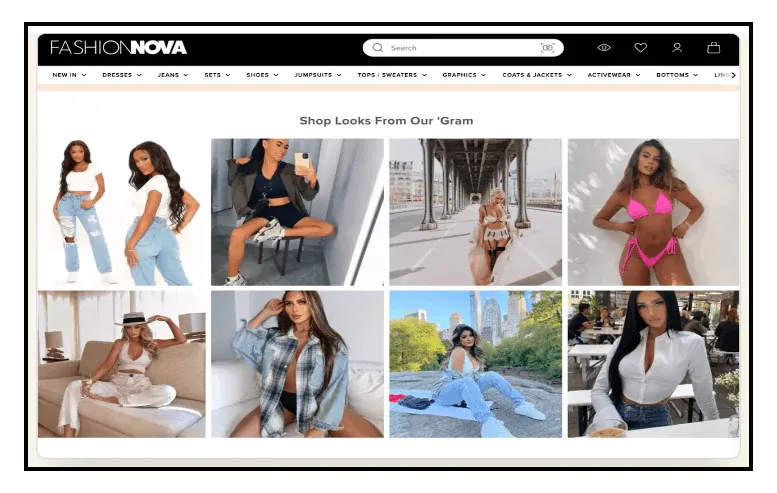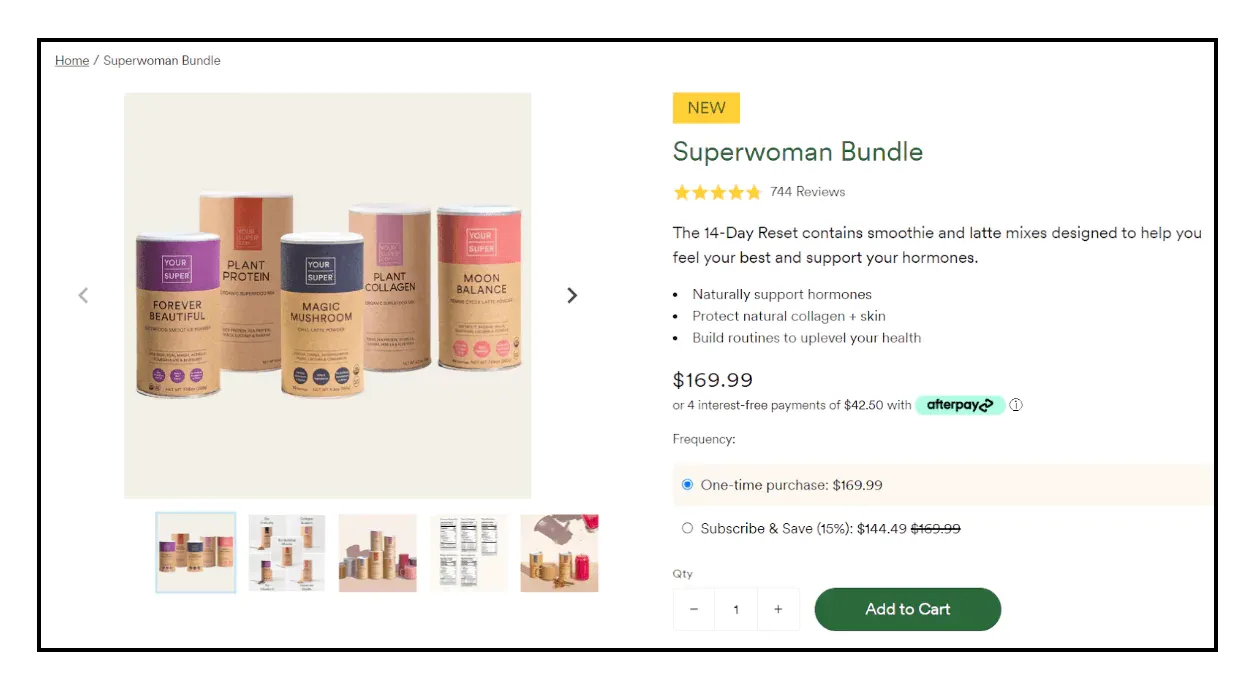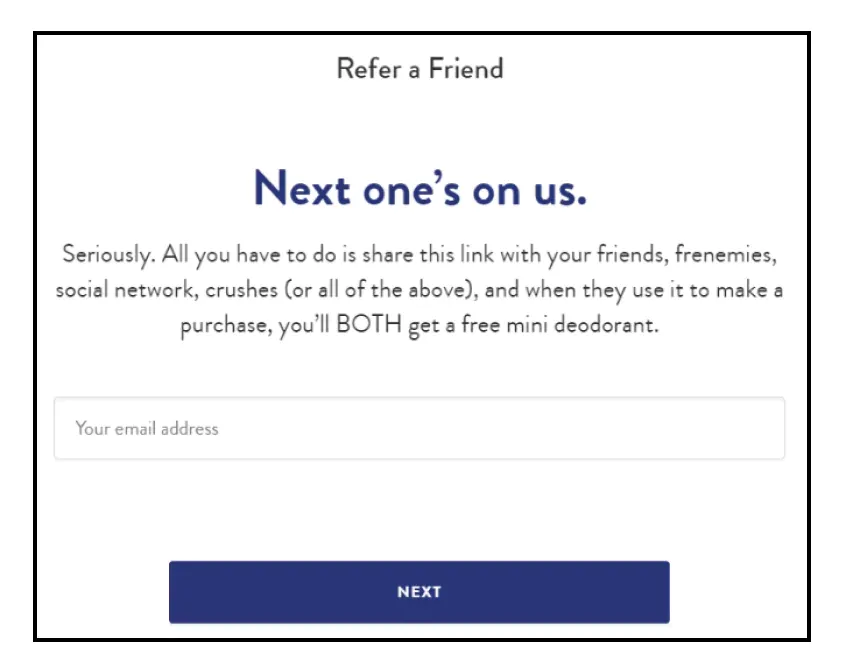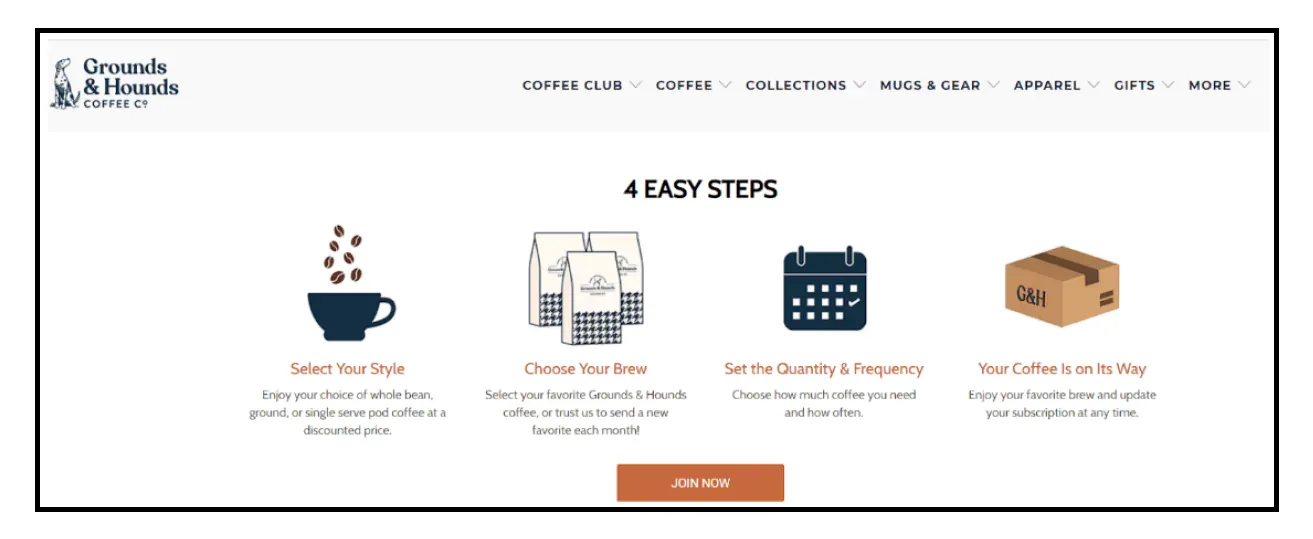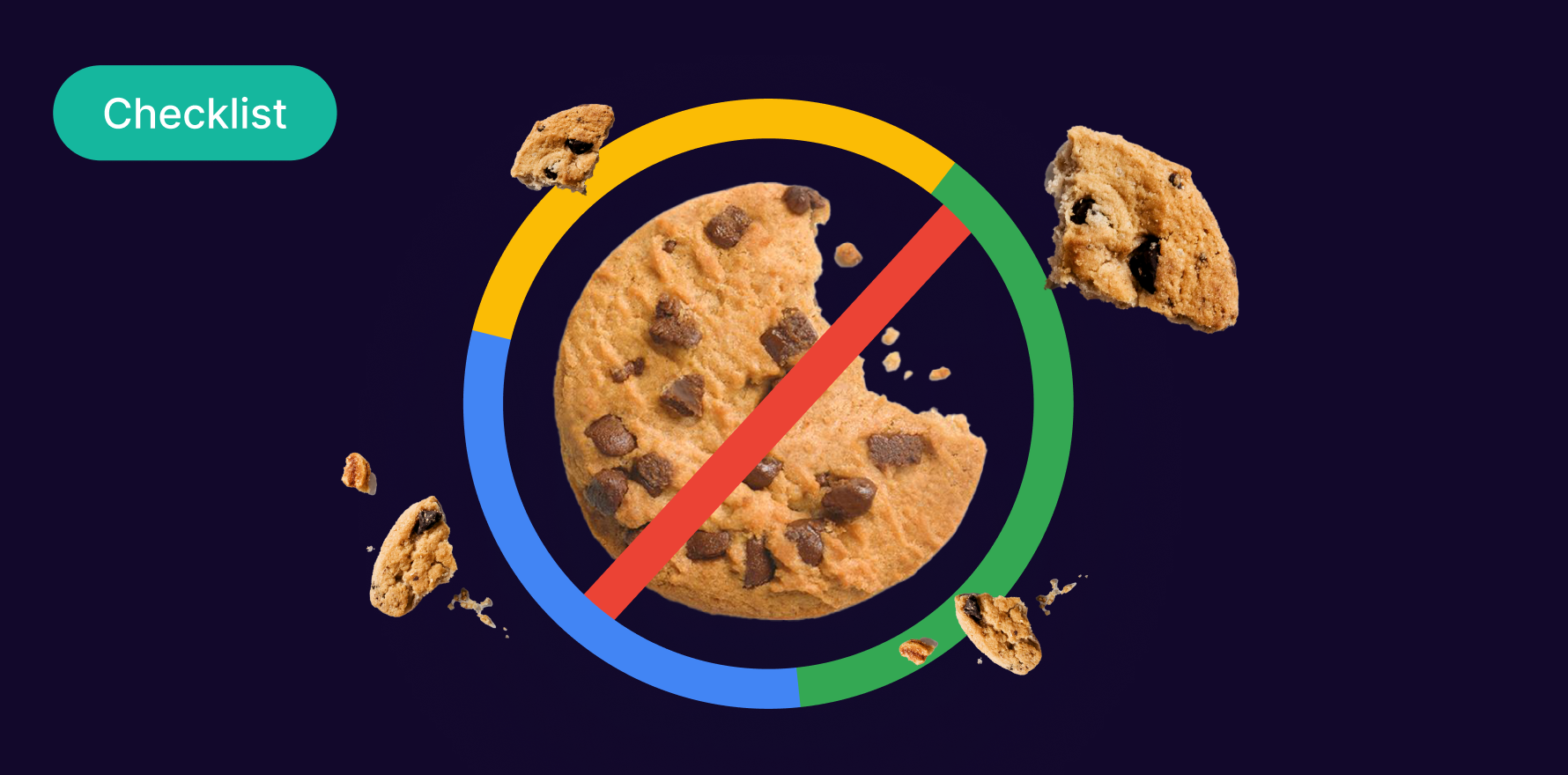You wish to acquire as many new customers as possible, but at what price? Spend too little, and you’ll lose sales; spend too much, and you’ll lose money. The math must be correct for your marketing to be effective.
Therefore, it is important to understand your Customer Acquisition Cost (CAC) because it indicates how much you must earn from each customer for your brand to be profitable. Simply put, if you spend more to acquire customers than they spend with you, your business model is not sustainable.
What is CAC?
Customer Acquisition Cost, or CAC, quantifies how much a brand spends to acquire new customers. A crucial business metric, CAC is the total cost of sales and marketing efforts, as well as property or equipment required to convince a customer to purchase a product or service.
How to calculate CAC?
Most brands evaluate the effectiveness of their marketing strategies and campaigns by analyzing their CAC.
Calculating CAC effectively falls into two categories: simple and complex.
The simple CAC formula
To calculate CAC the simple way, divide the total cost of customer acquisition or total marketing spend (cost of sales and marketing) by the total number of customers acquired over a given time period.
Total marketing spends/New customers = CAC
So for instance, if you spent $1000 per month on Google Ads, which brought in 10 customers per month, your cost to acquire a customer would be $100.
If you’re struggling with marketing, in particular, this simple CAC formula will give you a good idea if your marketing is on the right track.
The more precise and honest CAC formula
There are additional operational expenses, such as Cost of Goods Sold (COGS), that impact your true customer acquisition cost and determine your overall profitability.
As you develop your products, you incur expenses. Your COGS includes everything from the purchase of raw materials to the labor involved in manufacturing your products. In other words, it includes all costs and expenses directly associated with the production of your products (including overheads, such as employee salaries, tech stack cost, content production cost, inventory maintenance, etc.). Note that it does not include indirect expenses like marketing and sales.
Therefore, to accurately calculate CAC, you must add COGS to your total marketing expenditure. A more accurate CAC formula is:
(Total marketing spend + COGS)/New customers = CAC
To optimize CAC, many brands segment CAC by the campaign. For instance, it would be simple to determine the success of a field marketing event (for instance, a theme-based pop-up shop) by dividing the total costs incurred for conducting that event by the number of customers acquired as a result of the event.
Develop dashboards or use tools that have real-time synchronization with your marketing & sales systems; this will ensure your CAC always remains updated.
To measure and compare the cost of acquiring customers for each campaign, you can create a tracking sheet manually like this:
calculating-cac
This can enable you to track the efficacy of various campaigns and recurring expenditure patterns over time.
Is CAC enough, on its own, to know how profitable you are?
Understanding your CAC can help you not only identify opportunities but also streamline operations surrounding a specific sales or marketing activity. For instance, if you discover that the CAC for a particular PPC ad set is high, you can redirect that ad spends to other marketing campaigns with lower CAC, allowing you to maintain a higher profit margin overall.
However, to calculate how profitable your business is, you need to factor in your AOV and gross margin:
- The average order value (AOV) measures the average amount a customer spends when placing an order on your site or app. To determine the AOV for your brand, simply divide total revenue by the number of orders for a particular time period.
Remember this!
Note that the number of orders considered here is the total orders paid for – the number of refunds if any (keeping in mind that COD is not taken into account).
- Gross margin is the proportion of total sales revenue retained by a company after deducting the direct costs associated with producing its goods. Obviously, you desire high gross margins because it indicates that you retain more revenue. Gross margin can be expressed as a dollar amount or a percentage:
Net revenue – COGS = Gross margin (in dollar amount)
Net revenue – COGS/Net sales x 100 = Gross margin (in percentage)
Now, you can see how profitable you are by using this formula that’s based on AOV and gross margin:
(AOV x Gross margin) – CAC = Profit
Important CAC benchmarks
As a general rule, you should not allocate more than 5 to 8 percent of your company’s budget to marketing.
According to the benchmarks (for small ecommerce brands) provided by Shopify below, the amount that ecommerce brands spend on marketing varies a lot by industry.
You can use these industry benchmarks to estimate your marketing budget or to determine if your current marketing expenditures are on target:
calculating-cac-marketing-spends-stat-for-small-ecommerce-brands
Now that you have a better understanding of how much your industry spends on marketing to acquire customers, have a look at the average CAC by industry:
calculating-cac-cost-of-customer-acquisition-by-industry
Caution
Please use caution in your interpretation of these benchmarks. The above figures are averages that can vary significantly from brand to brand based on a variety of factors, including target market, team size, and average order value.
For instance, if you’re a luxury clothing brand with higher product costs, your CAC will be significantly higher than that of a print-on-demand t-shirt company even though you’re technically in the same industry.
To create a more precise marketing strategy and budget, you must assess your channel-specific profitability. This requires consideration of both customer acquisition and sales generation:
calculating-cac-cost-of-acquisition-by-channel
Irrespective of the industry, the data indicates that social media, paid social, and email marketing are the three most effective marketing channels:
calculating-cac-business-revenue-from-each-marketing-channel
6 tips to reduce CAC
Here are a few tips to reduce your CAC without drastically impacting your brand:
1) Prioritize organic marketing
The benchmark data demonstrates that organic marketing channels such as social media (32.5%), email marketing (12%), SEO (5.3%), and targeting abandoned cart customers (3%) are effective at attracting customers to your store without requiring a significant investment (aside from your time, of course).
At 52.8%, organic marketing channels prove more effective than other paid or traditional channels.
For instance, Fashion Nova relies on style education via its blog and YouTube channel (which no doubt takes time to produce) to market its clothing. But on its site and in its marketing communications, it lets shoppers browse through looks from its Instagram account. These photos are then shared on Fashion Nova’s own Instagram account or store using one of the available Shoppable Instagram apps.
tips-to-lower-cac-prioritize-organic-marketing
Have a look at their organic volume (source: Similarweb):
tips-to-lower-cac-organic-traffic-from-each-marketing-channel
2) Increase your AOV
If your CAC is having a significant impact on your profit margins, one strategy to consider is finding innovative ways to boost your AOV.
There are several ways to increase your AOV:
- Create a minimum order amount for free shipping.
- Create product bundles or packages.
- Cross-sell and upsell complementary products
- Integrate live chat to respond to customer inquiries in real-time and to close the deal.
For instance, to increase their revenue Your Super convinces customers to purchase a $169.99 bundle instead of buying single products (ranging from $29.99 to $34.99).
tips-to-lower-cac-increase-your-aov
Moreover, bundled items are likely less expensive to fulfill than individual orders. They save money on one-time shipping or customs fees (instead of each product being shipped separately).
3) Lower your COGS, if possible
If you are certain that your pricing strategy and marketing strategy are sound, you may need to reduce your cost of goods sold. Are you asking the following questions and seeking answers:
- If you’re purchasing raw materials, is your supplier’s price competitive? Are there cheaper materials you can replace without affecting your brand?
- Can you reduce manufacturing expenses?
- Is it possible to streamline the production process and reduce labor expenses?
- Have you negotiated the costs of shipping?
4) Diversify your customer acquisition channels
As a result of rising ad costs, DTC brands will be compelled to diversify their user acquisition channels so they are less reliant on Facebook and Google.
In fact, as per Triple Whale’s state of DTC advertising annual report, TikTok ranks as the most valuable platform for DTC brands.
Marketers constantly need to find innovative ways to connect and acquire new customers.
For instance, Perfect Keto creates their own podcast for its target customers. This is a great opportunity to own a valuable “mindshare” of potential customers, and to cultivate relationships with influencers:
tips-to-lower-cac-diversify-your-customer-acquisition-channels
Native Deodorant created a new SKU just for “referrals” with the “give a free mini deodorant” strategy:
tips-to-reduce-cac-tips-to-lower-cac-diversify-your-customer-acquisition-channels
5) Add a recurring subscription model
If your product lends itself to a subscription model, use it as a way to reduce your ad spend and reduce your churn:
- Replenishment model – Replenishment subscriptions deliver essentials such as pet food, baby care products, and personal grooming supplies on a recurring basis; these are the sorts of things consumers want to have delivered automatically.
Even without discount offers, these retailers win customers by focusing on ease of use. For example, coffee subscription company Grounds & Hounds reported a 35% increase in monthly subscriptions as the pandemic took effect, simply by emphasizing the service’s “savings, convenience and flexibility.”
tips-to-lower-cac-add-a-recurring-subscription-model
- Personalized model– This model begins by inquiring about the customer’s needs, preferences, and other information to develop an individualized offering.
The brand then provides recurring (monthly, bimonthly, quarterly) or on-demand personalized collections of products or even custom-made products.
Stitch Fix is perhaps the most well-known example of a personalized subscription commerce model.
- Special access model– The special access model delivers exclusive benefits to subscribers, like faster shipping and free delivery, special discounts from partners, and access to products that aren’t available elsewhere.
The best-known example of this model is AmazonPrime, which offers free delivery and other perks for subscribers.
6) Lean on partnerships and collaborations with complementary brands
Collaboration with other DTC brands whose products are complementary, but not competitive, is an excellent way to increase mutual exposure and awareness among new customers.
For instance, the partnership between Solo Stove and Outer works well to acquire new customers without either of them draining more dollars on ad spends.
tips-to-reduce-cac-lean-on-partnerships-and-collaborations-with-complementary-brands
You may also like
Essential resources for your success

